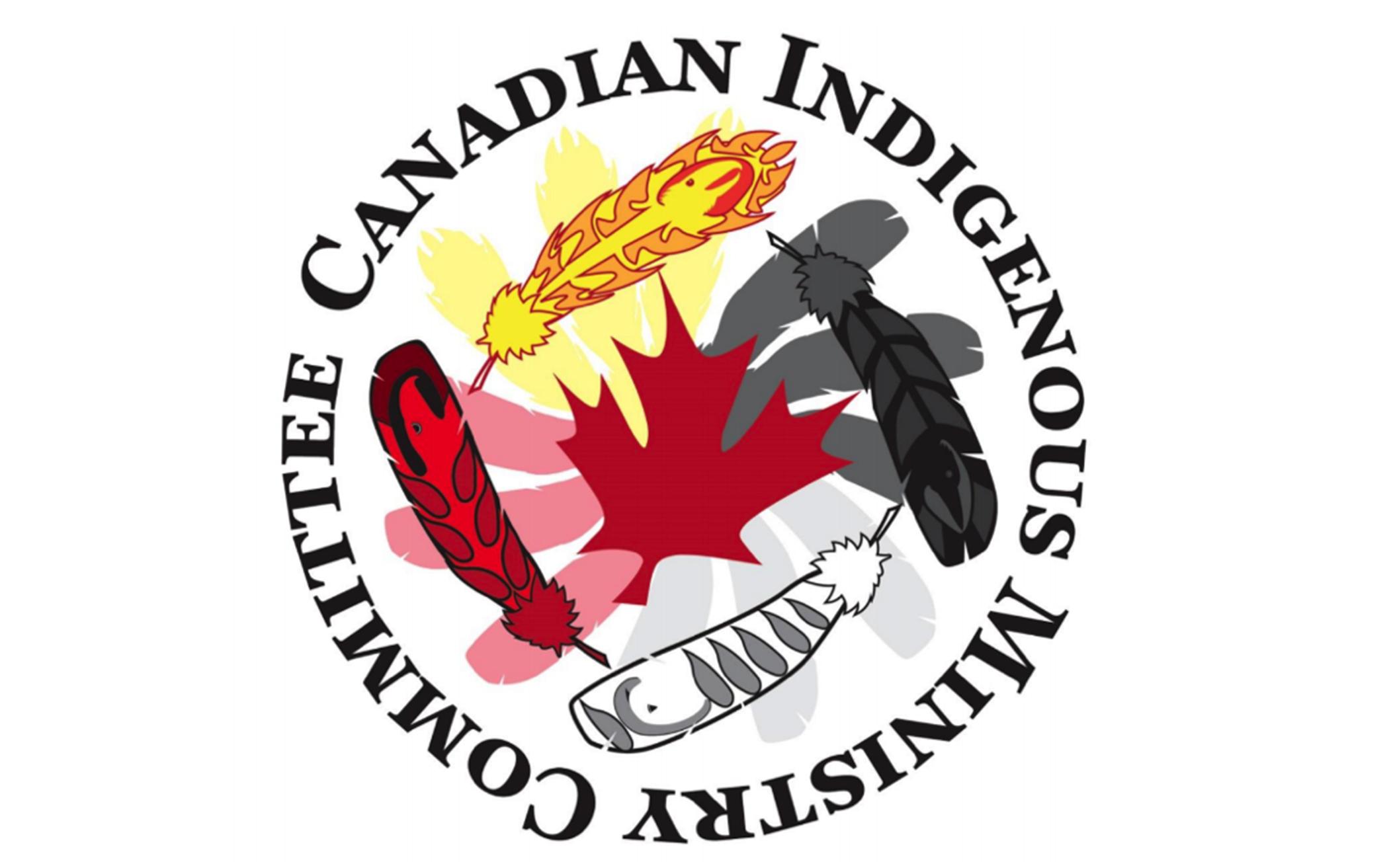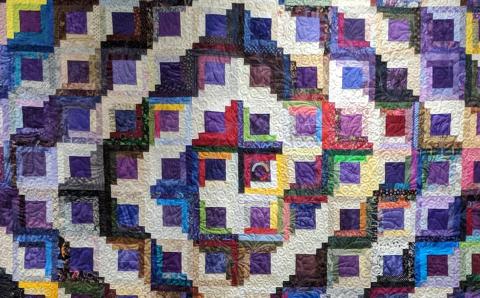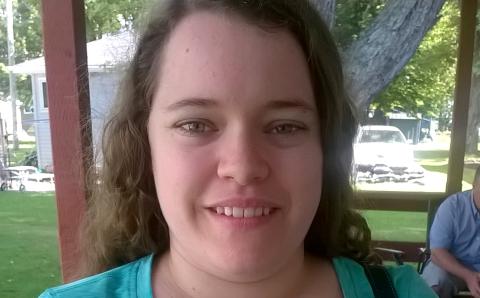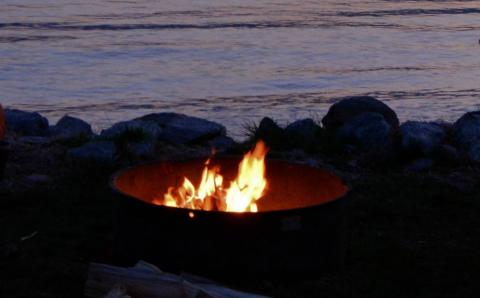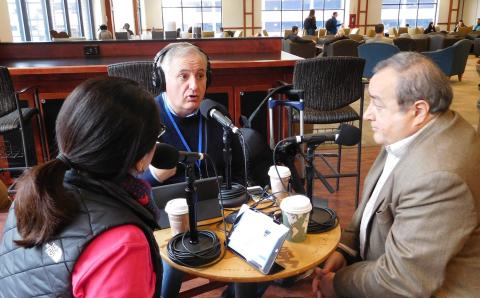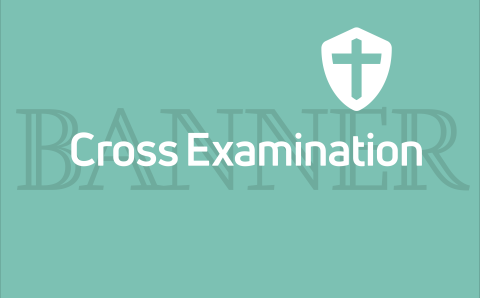Discussion of Indigenous ministries in the U.S. and Canada came up in several conversations and reports at the recent meeting of the Christian Reformed Church’s Council of Delegates in Grand Rapids, Mich. (The Council acts on behalf of synod, the annual leadership meeting of the CRC.)
Indigenous Ministry in the U.S.
Delegate Stanley Jim from Classis Red Mesa wondered if there is an overall CRC vision for native American ministries. “The Anishinaabe live right in your backyard here in Grand Rapids. Is there a plan in place to intentionally reach out to native American communities?”
Resonate Global Mission is the CRC’s foreign and domestic missions agency. Its director, Zachary King, said that Resonate carries a piece of that work in the U.S., but ministry is not separated by ethnic group. “We have some missions staff dedicated to working with Native American groups.”
Delegates also heard that work is ongoing for Back to God Ministries International to produce Navajo language broadcast media. Back to God is the CRC’s media outreach ministry.
Indigenous Ministry in Canada
CRC Indigenous ministry is much more robust in Canada, with three aboriginal ministries established in the 1970s, coordinated by the CRC’s Canadian Aboriginal Ministry Committee. The ministries are located in Edmonton, Alta., Winnipeg, Man., and Regina, Sask.
That committee received approval to change its name to the Canadian Indigenous Ministry Committee, noting that the change reflects the more recognized terminology used in broader Canadian society as it recognizes the many communities of First People in Canada.
It also adopted a new logo. Members of the committee noted Indigenous characteristics and features in the circular shape, feathers of different birds, and medicine wheel colours. “We see this logo as a display of how we see ourselves within the journey of reconciliation as well as advocates for justice within Indigenous and non-Indigenous communities alike,” the committee wrote. “With the circle, we recognize wholeness and completeness with each person being equal and important on this journey. … Additionally, we realize the many, many teachings that come from the medicine wheel from Indigenous cultures and communities, from learning about the seasons of life, human health and healing, the cycle of the Earth, and much more.”
The committee logo would not be used on its own but rather always with the official CRC logo. “In this way, the CRC logo remains in its truest form so congregations and communities realize the larger CRC church as involved in the area of Indigenous justice and reconciliation,” The committee noted.
The CRC’s Centre for Public Dialogue continues its work on Indigenous education reform.
No Binational Approach
The Council also heard that each nation’s approach to Indigenous ministry should be processed separately. The denomination’s leadership staff noted: “We realize the limitations of this idea and its potential pitfalls, but cannot find a way to conduct the entire conversation together. It is our hope that perhaps a shared-learning gathering may be appropriate at the end of each nation’s dialogue.”
To that end, the Council decided to proceed with a nationally contextualized approach, noting that it should leave room for comments, questions and considerations from people on the other side of the U.S.-Canadian border.
It also stated that a better understanding of syncretism should be a key result of this process.
Red Mesa’s Stanley Jim appreciated the noting of syncretism. “That’s what we’re dealing with,” he said. “We need a really good definition of syncretism.”
About the Author
Gayla Postma retired as news editor for The Banner in 2020.

